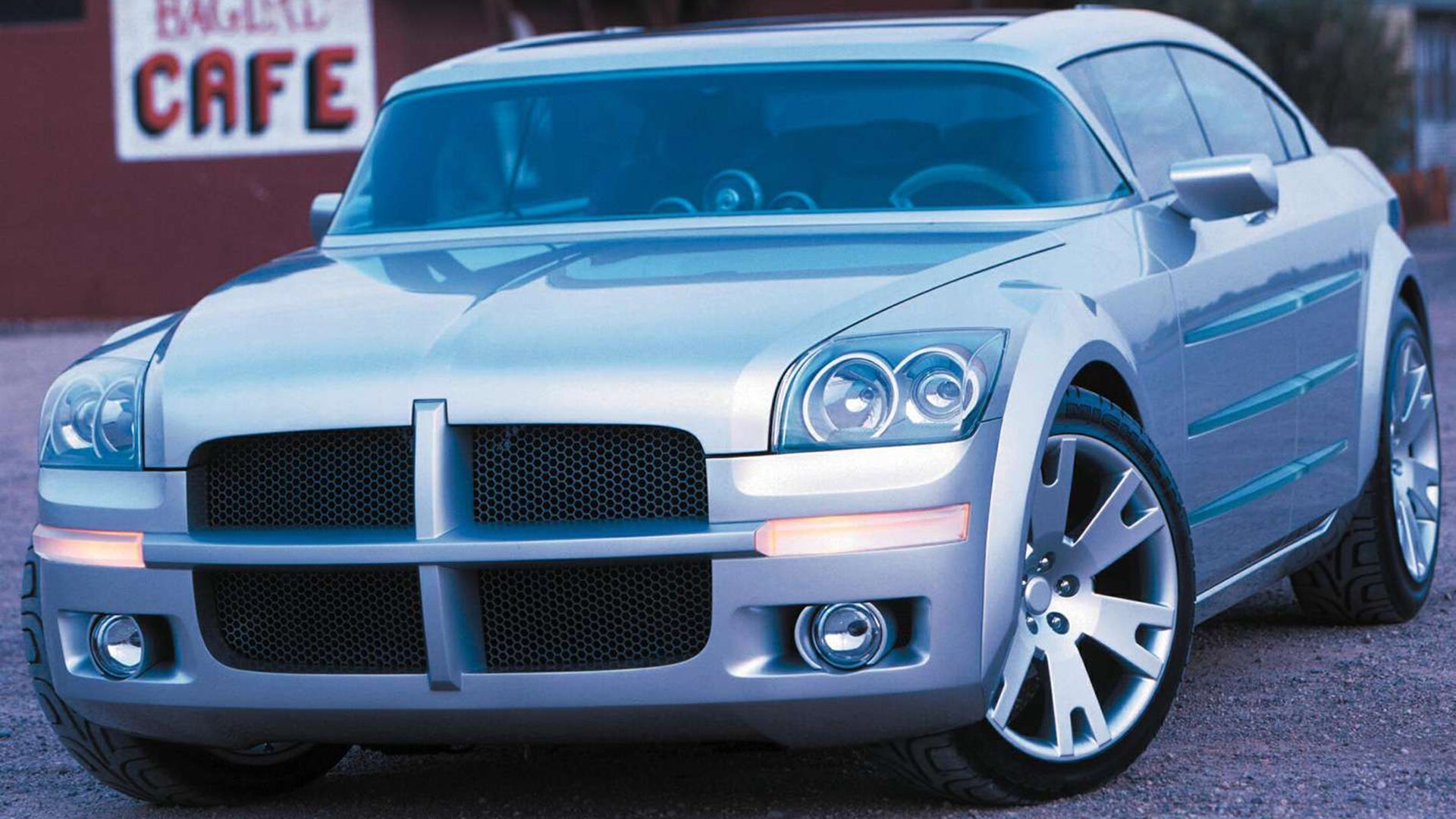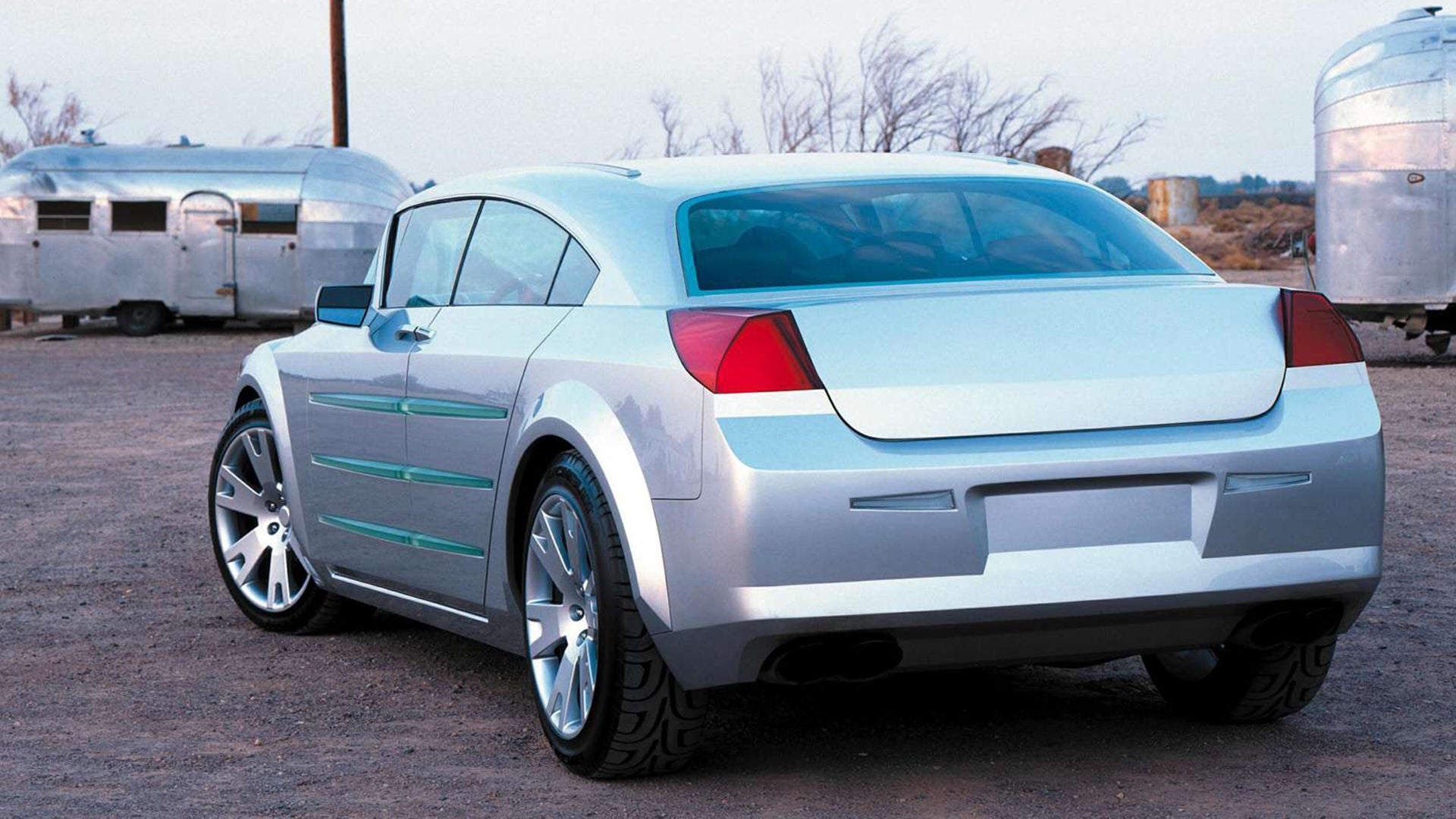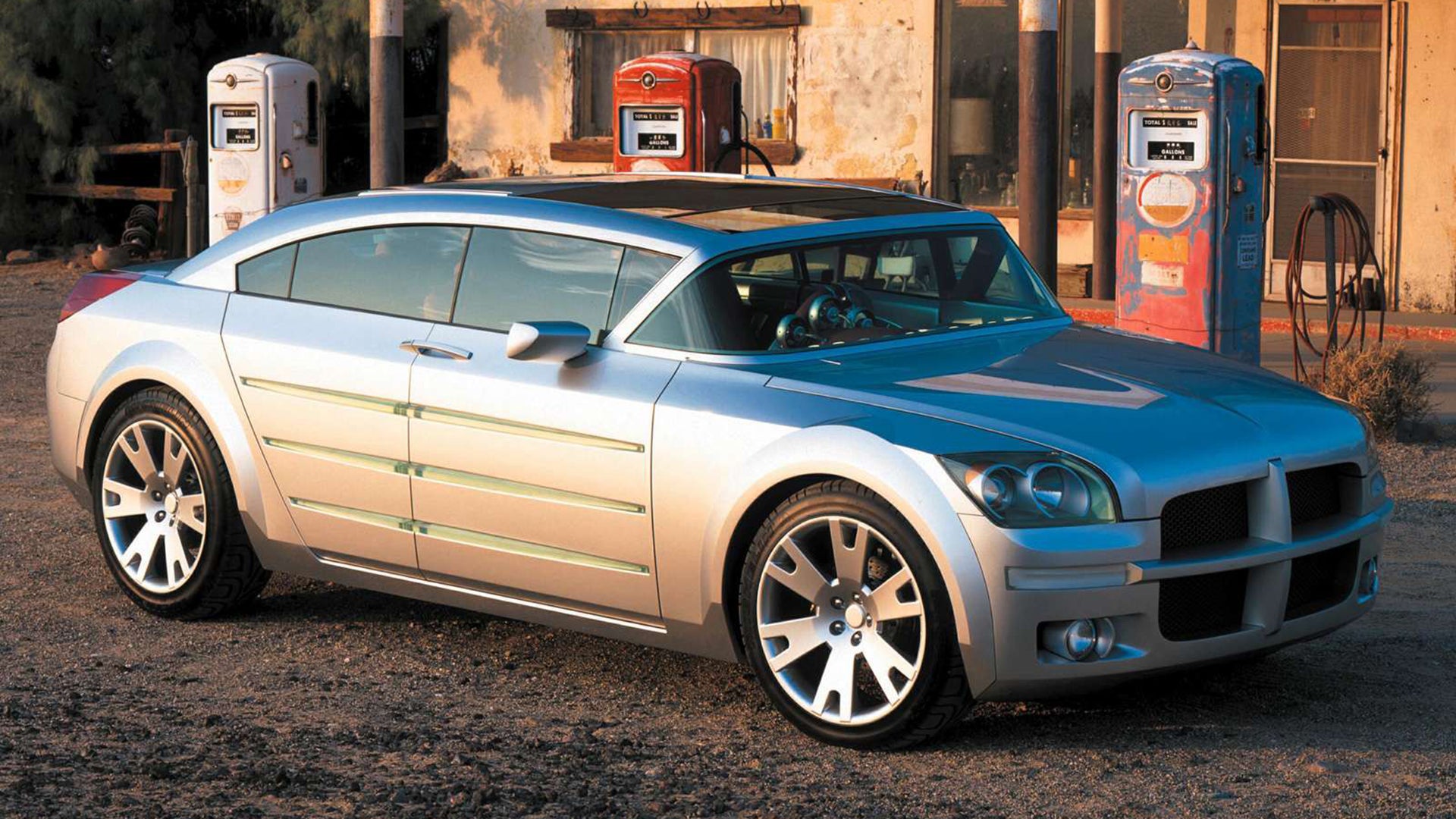In the early 2000s, Fiat Chrysler was DaimlerChrysler, the unwitting creation of a "merger of equals" that mainly had a disastrous effect on the combo company's bottom line. But before that, a little transatlantic technical cross-pollination between the Germans and Detroit would result in some of the most durable product lines to emerge from the failed venture's ashes—and one of the most successful car platforms of the 21st century.
We're talking about the LX cars, of course: the Dodge Charger, Challenger, and the Chrysler 300. The Charger and 300C made a cannonball-sized splash in the mid-Aughts with their return to a sporty rear-wheel-drive layout and a suddenly sophisticated chassis courtesy of a Mercedes-Benz parts bin raid. Not only that, but keen marketing minds within the company resurrected the fabled Hemi name to describe a new family of powerful V8 engines that would be available across both models. Their success is obvious in how they all remain in production today.
But there's one concept many of us forgot about, and it's far more important than you may know in that legacy. Meet the 2001 Dodge Super8 Hemi.
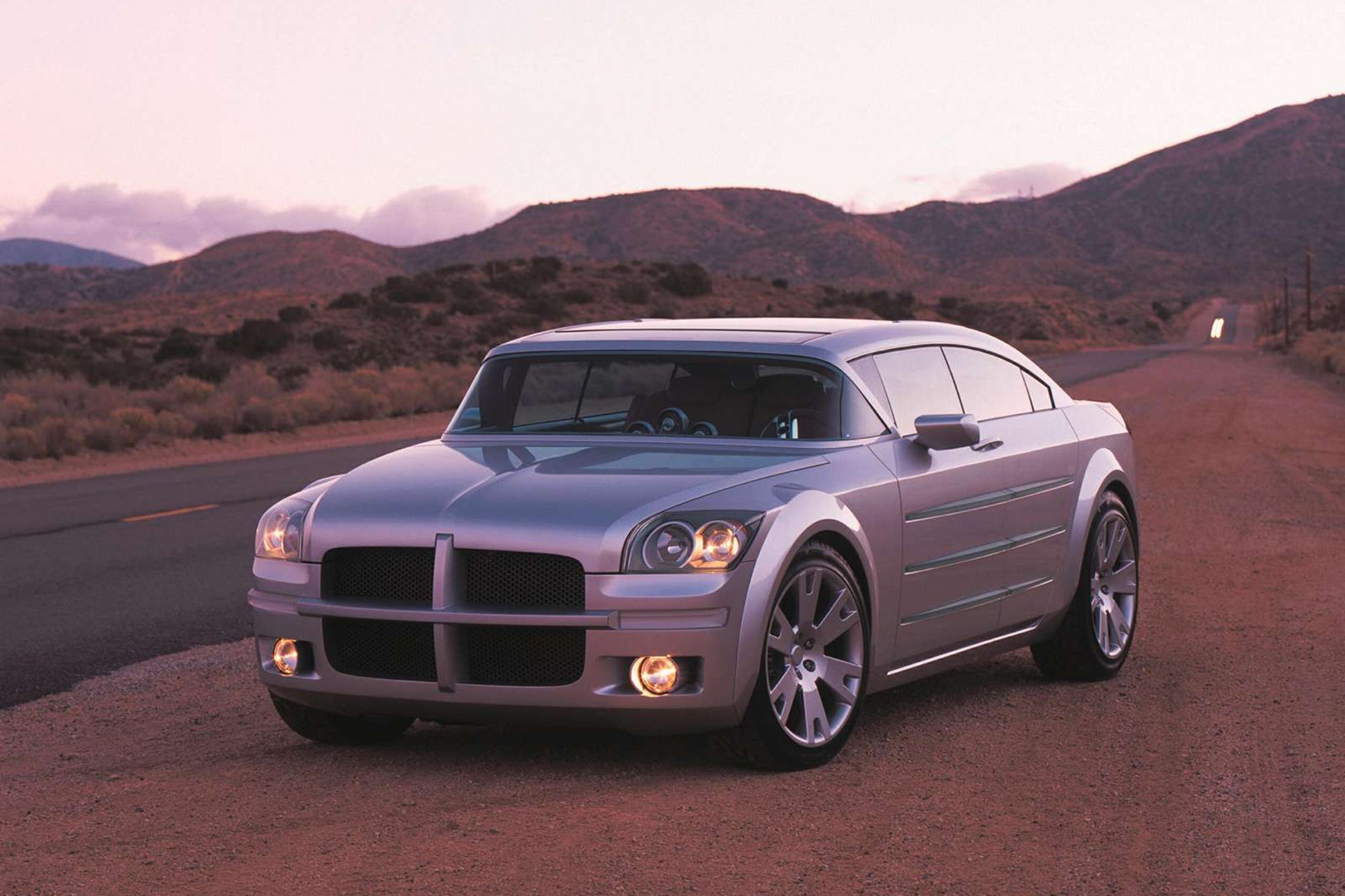
(Editor's note: It's easy to dismiss concept cars as marketing gimmicks and dead-end design exercises. But every once in a while, a company gives away the secret to its future without anyone noticing. So with ever-grander promises about electrification, autonomy and material advances being made by today's concepts, I thought it'd be useful to take a look through the archives to see how and when the major engineering and design trends that define the present were actually seeded. This is The Most Important Concept Cars You Forgot All About, and its aim is to give you the tools to understand what's really coming next. -- KC)
Somehow, Dodge's LX cars crossed the rubicon of decade-old undesirability to enjoy a resurgence in sales and popularity lately. All three cars combined for over 186,000 sales last year; every third Dodge sold was a Charger or Challenger, and the 300 is still kicking, too.
It's not a stretch to say neither brand would have survived without the platform, which also does its patriotic duty in carrying one of the last traditional V8, rear-wheel-drive sedans made by an American company. Not that you could've known any of that in 2001, when DaimlerChrysler showed its hand to everyone.
DaimlerChrysler offered the public several looks at what the upcoming LX twins would bring to the table throughout the late 1990s, including the fuselage-inspired Chrysler Chronos concept car in 1998 that would define the visage of the 300 in almost perfect detail. It was the Dodge Super8 Hemi concept, however, that really defined not just the LX look but also the technological underpinnings that allowed it to carry both brands into the future, long past their Daimler divorce and into the present day.
Something Old, Something New
A quick glance at the Super8 and it's clear to see both where it gave birth to and diverged from the styling cues that would form the backbone of the Dodge Charger. The brand's oversized crosshair grille motif would survive in an attenuated form on the production vehicle, as would the Super8's slab sides and arched fenders, all contributing to bold, muscled look Dodge was counting on to help carry its revived sedan effort. Its slightly raked beltline also survived in the 300—take a look at the two below.
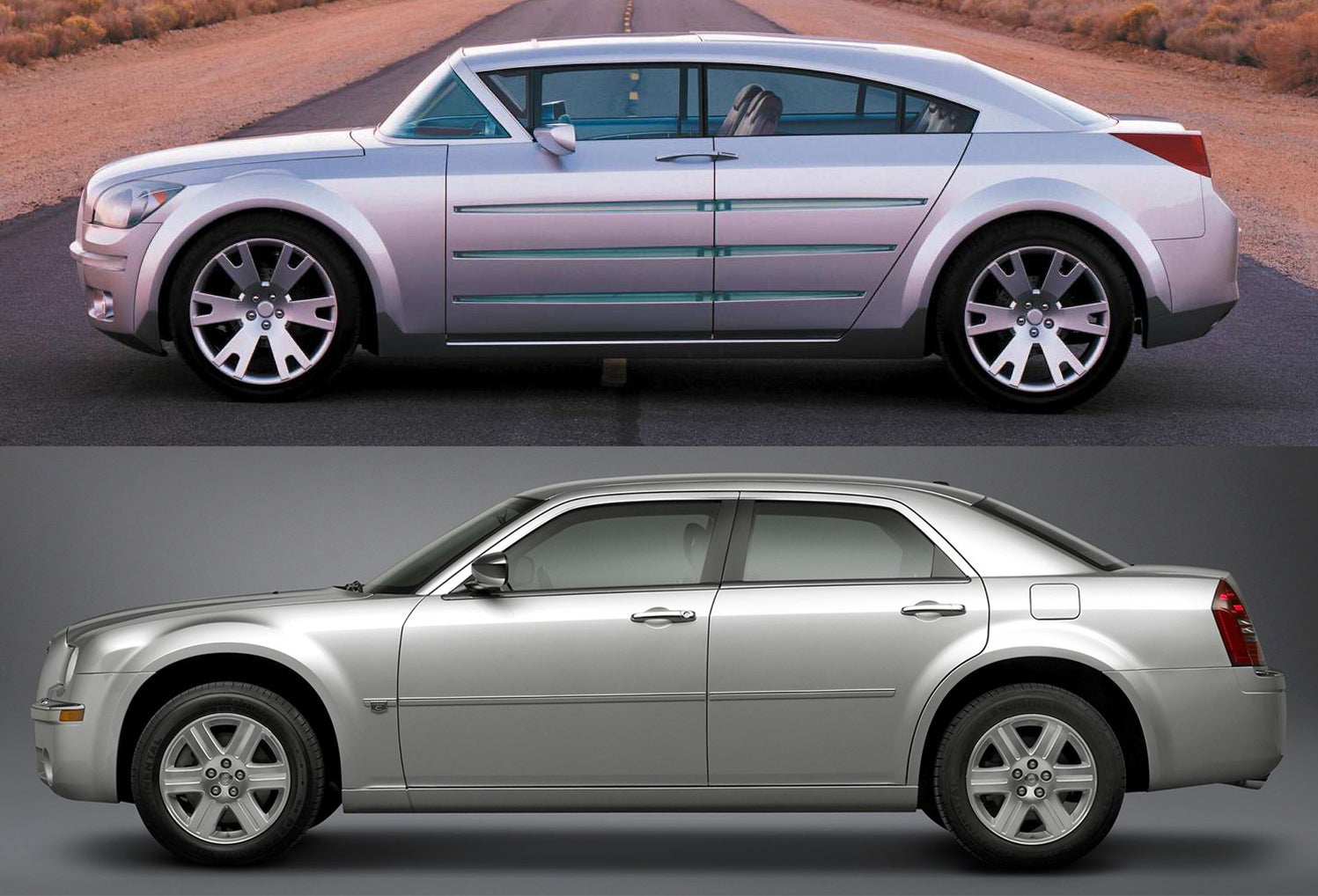
Penned by designers Rob McMahon and Kevin Verdun, the late-50s kink in the windshield that wrapped back to the side mirror mount was clearly an affectation, matched by the not-for-public-consumption sleek fastback roofline and suicide door setup. These three elements—combined with the deep strakes along the front and rear doors—were weird enough to distract from just how prescient the rest of the Super8's styling truly was in predicting the trends that would define Chrysler's LX efforts.
That Thing Got A Hemi?
While the Super8's design elements gave an important peek at its parent company's visual future, it was what attendees at the Detroit Auto Show couldn't easily see that makes this concept a far more interesting slice of history.
Pop the hood on the Super8 and you'll find the first appearance of Chrysler's much-vaunted Hemi comeback in a family sedan, after having been shown in prototype all-aluminum by the never-produced Chrysler 300 Hemi C convertible concept the previous year. Displacing 5.7 liters and featuring a dual-plug, aluminum overhead valve head design sitting on an iron block, this motor would form the blueprint for the next two decades of DaimlerChrysler/FCA drivetrain design.

Capable of 353 horsepower and 395 lb-ft of torque, and matched with a four-speed automatic transmission, the Super8 could sprint to 60 mph in under six seconds. Built by Roush Engineering, the Super8 featured a five-link independent suspension setup that was far more sophisticated than the live axle found in domestic rear-wheel-drive competitors like the Panther-based Ford Crown Victoria/Mercury Grand Marquis/Lincoln Town Car triplets.
At the time of the Super8's unveiling, Dodge was heavy on promoting the hemispherical heads of its new motor, regardless of how much heritage they truly shared with their 60s-era predecessors, or how different they actually were from other modern designs. The automaker was also keen to point to its upcoming 'multi-displacement system,' otherwise known as cylinder deactivation, a technology that would, in theory, reduce the fuel consumption of the mighty V8 when it was cruising under a light load.
The Hemi engine first appeared in the redesigned Dodge Ram pickup the following year, and shortly after that in the LX platform cavalcade that included the Charger, 300C, Magnum, and the Challenger (eventually making its way to the Jeep Grand Cherokee and the Dodge Durango, most with multi-displacement tech that had been initially unavailable on the Ram). This same basic engine architecture underpins the current 5.7 V8 (which was last overhauled in 2009), and shares similarities with the punched-out 6.1-liter, 6.2-liter, and 6.4-liter variants.
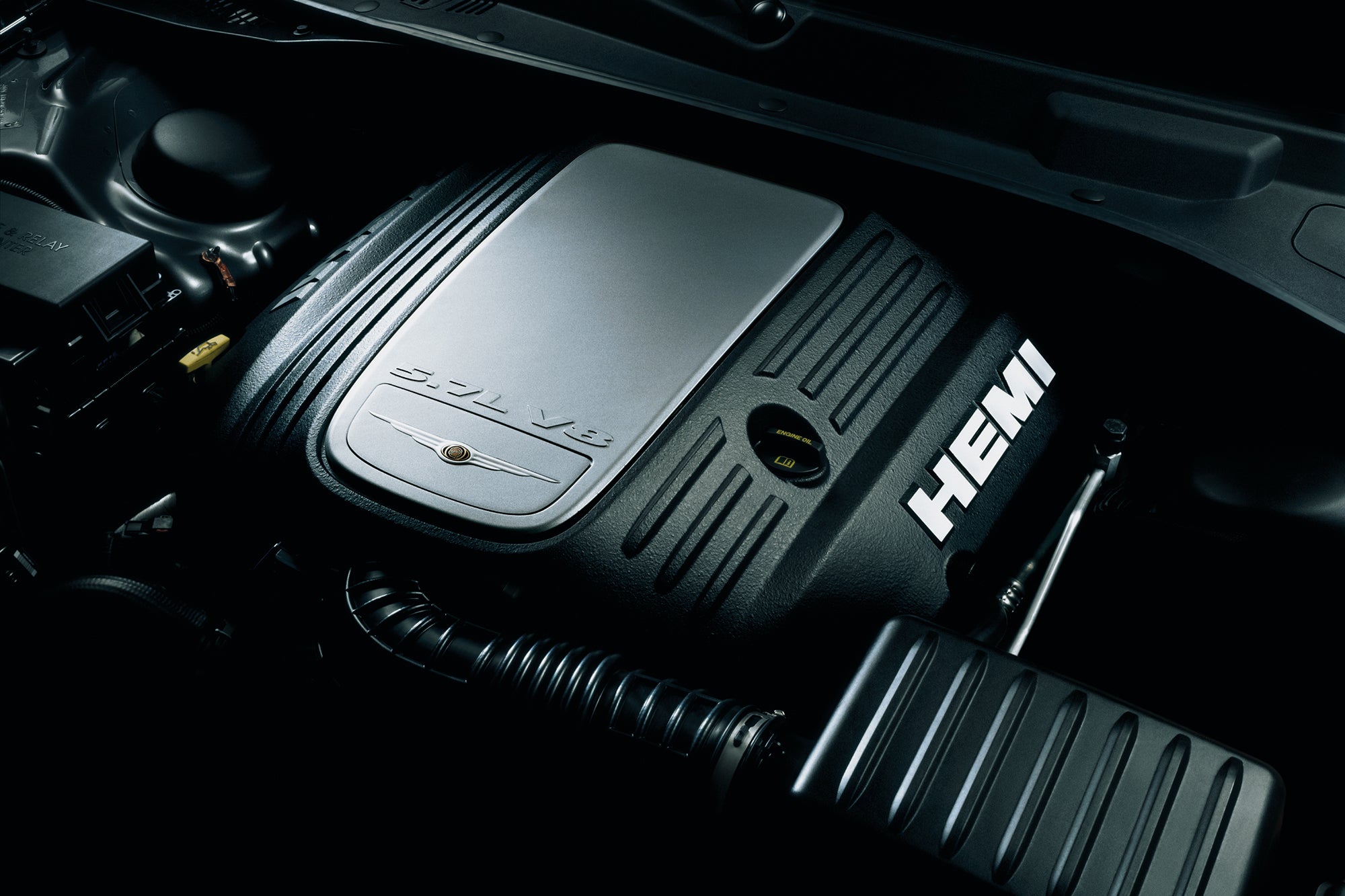
Ready for the Information Superhighway
The Hemi has certainly had a lasting impact, but it was far from the Super8's most prescient feature. An even harder-to-spot suite of technologies was on hand in the show vehicle that indicated how much development time Chrysler would devote to what it felt was a key aspect of the automotive future: the connected car.
Specifically, camouflaged by the more garish aspects of the Dodge Super8's cabin is something called the Infotronic system. This computerized, LCD-and-Internet-enabled interface was intended to marry in-car navigation with live traffic updates, provide new entertainment possibilities for occupants (including MP3s and educational video games), and also offer limited e-commerce capability.
In short, it's a clear precursor to modern infotainment systems at a time when audio cassette players were still on the options sheet and only ultra-luxury cars got anything like a display screen anywhere on the dash (and certainly nothing as large as the Super8's 6.4-inch primary unit, or 8.4-inch rear seat displays).
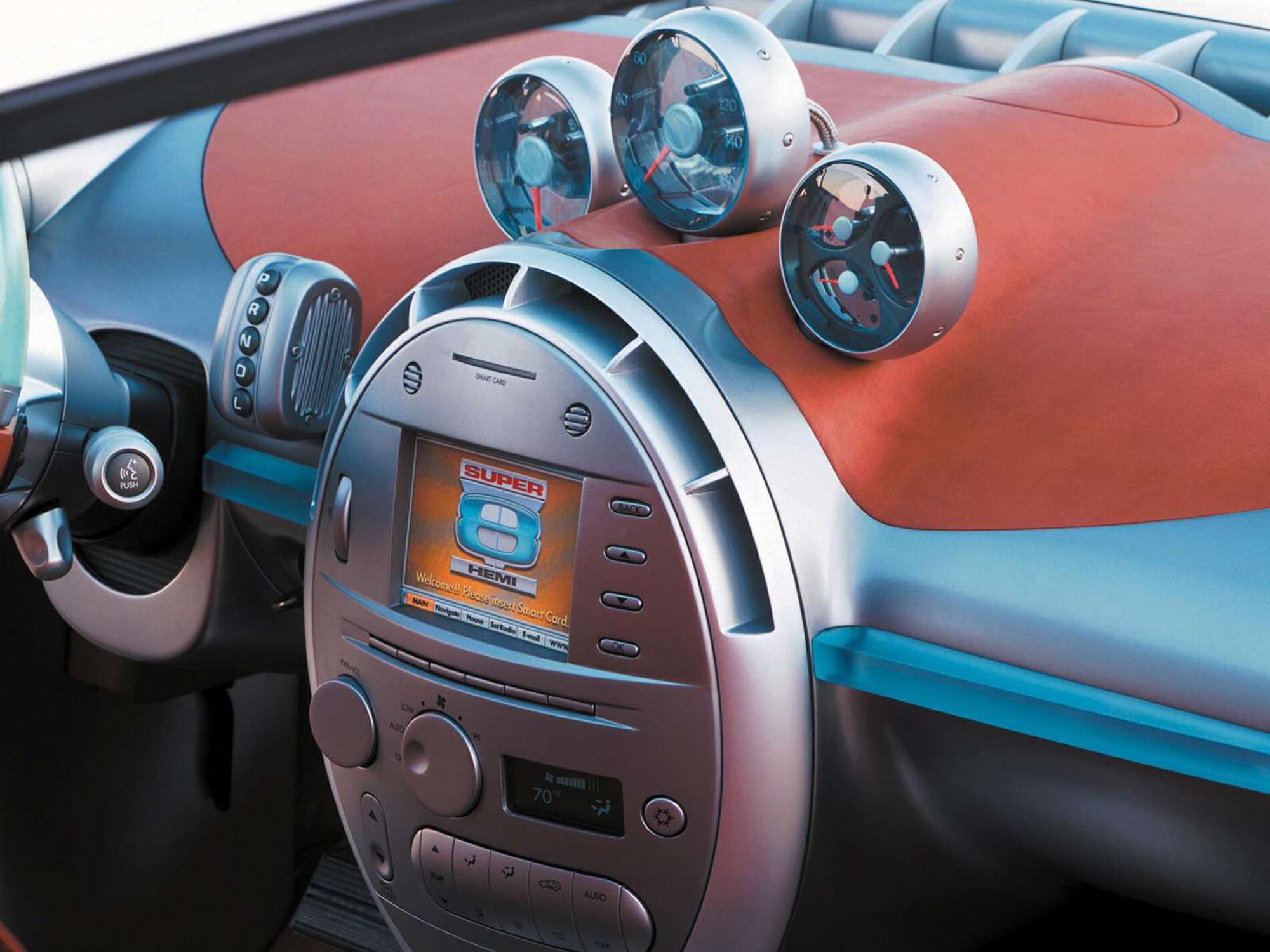
Although General Motors had already implemented an early version of its OnStar telematics system that hooked drivers up to live operators and turn-by-turn navigation instructions at the touch of a button, Infotronic raised the stakes with four Java-faced, Linux-powered in-car computers (in partnership with Sun Microsystems). These could respond to voice commands and interact with every aspect of the vehicle's systems.
Dodge even took the unheard-of step of integrating Infotronic with smart home technologies that were barely nascent at the time of its production, including alarm systems and Internet-enabled refrigerators. The system touted a wireless on-road networking capability that could transmit information at a blazing 128 KB per second, with bursts to 11 MB per second once close enough to sign on to the network in your house or apartment.
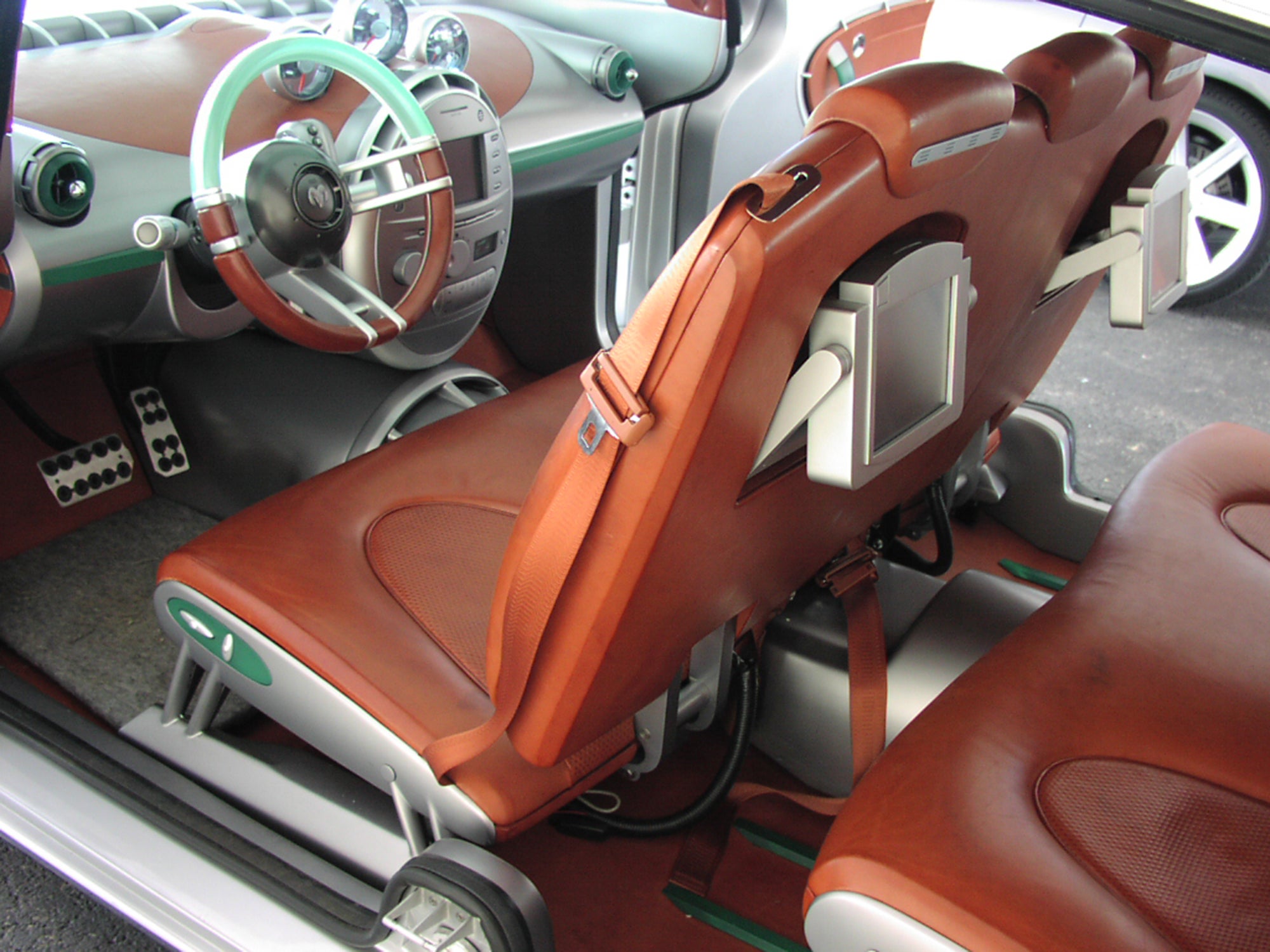
At the time this seemed like so much pie in the sky. Smartphones didn't exist, let alone smart homes. Keeping kids placated in the back seat on road trips meant popping in a VHS tape in your Looney Tunes-sponsored minivan, not giving them access to Internet gaming using a mobile broadband network that was still more than a decade away from being deployed.
And yet, Chrysler's early focus on the widespread application of connected car tech was not only spot-on, but it helped play a crucial role in the birth of its later UConnect system, which to this day stands as one of the best automotive infotainment interfaces available at any price point.
Still With Us
It's rare to encounter a modern concept car that has had the Dodge Super8's far-reaching, multi-faceted impact on the automaker that produced it. This single prototype not only accurately predicted the rise of connected car technology, but it also made major contributions to drivetrain design and styling that would have a lasting effect on the future of both the Dodge and Chrysler brands.
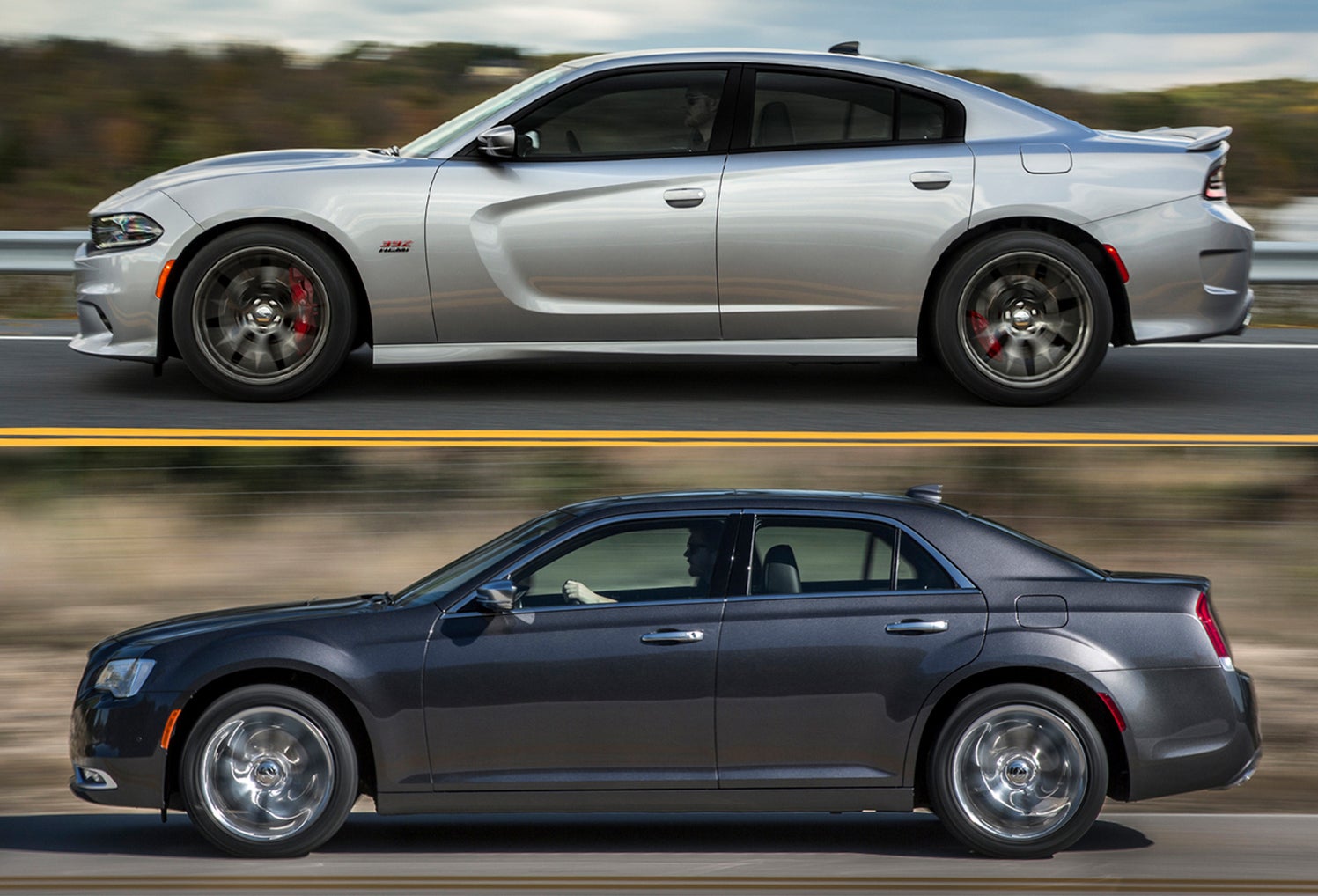
In 2001, the death of the full-size family car seemed as unthinkable as the mortality of the station wagon was at the end of the 1980s. The endurance of the LX platform foreshadowed by the Super8 has only magnified its importance. What at the time may have seemed like a retro-themed, big-bodied concept stuffed with overachieving technology ultimately gave birth to a pair of cars that, given the current SUV onslaught and the plunging interest in anything resembling a traditional four-door automobile, may very well stand as the last old-school sedans ever built by two storied American brands.
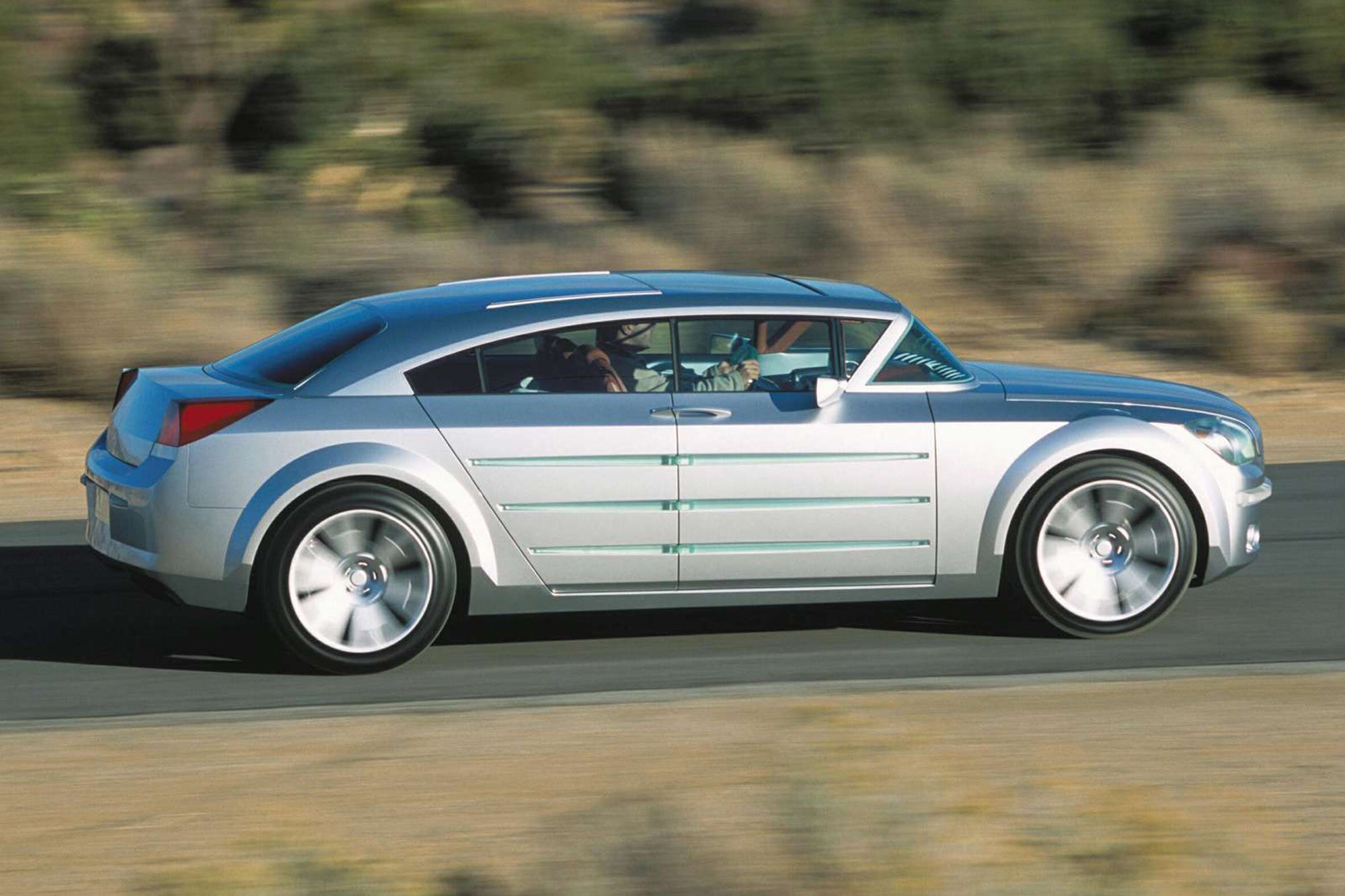
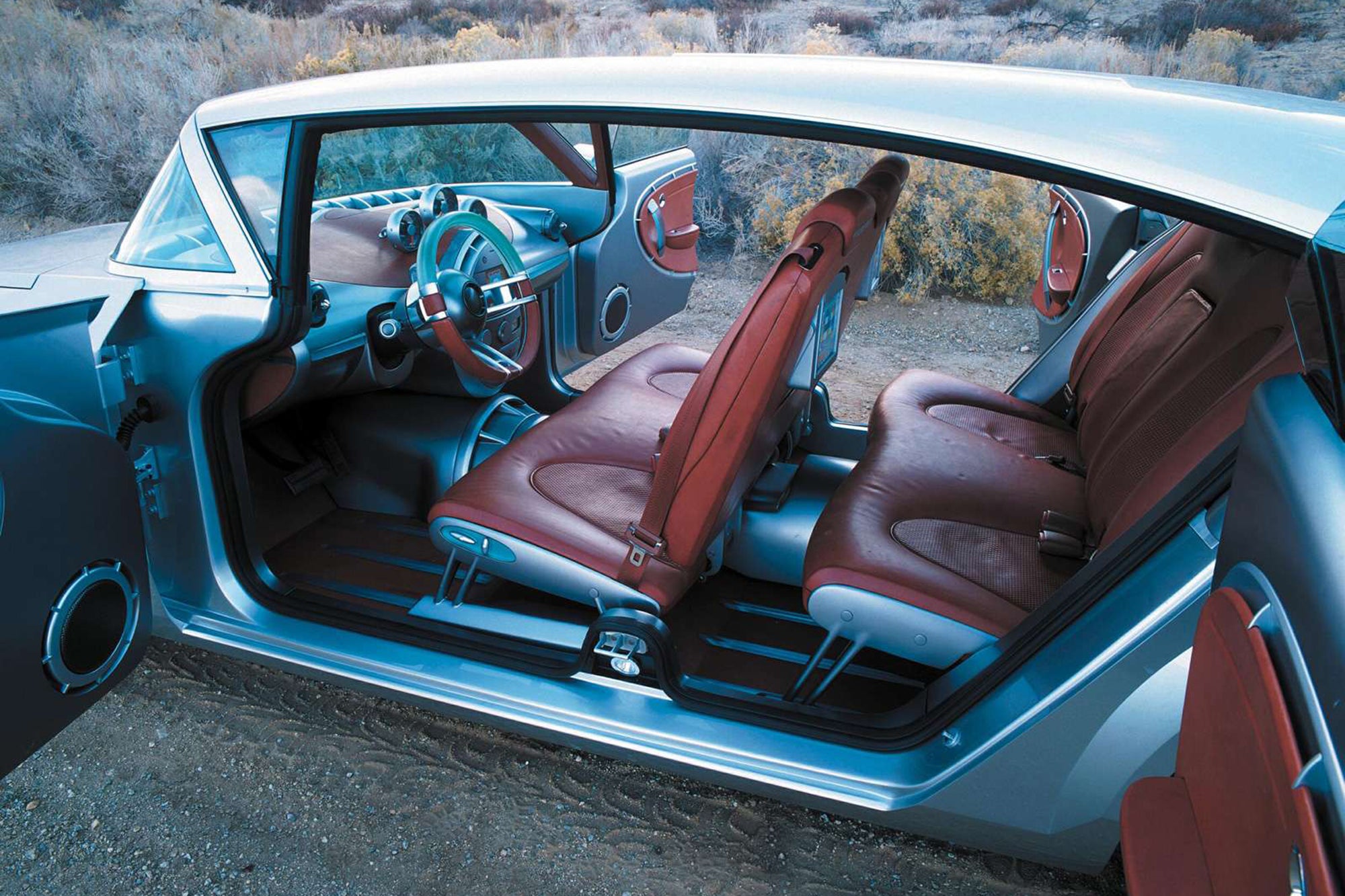

Got a tip? Send us a note: [email protected]

